Popular on Food52
6 Comments
Sarag
November 28, 2013
Hmmmm, intrigued, but I need way more details. Steam potatoes: in a basket? Is it okay if they sit in the inch or so of water? A picture would help....this is a radical departure from any prep I've seen. Peel, then rinse? Is that the "rinse midway?"'. Or do you mean halfway through steaming take them out, rinse and return? I am confused...intrigued, but very uncertain of how to actually do this without lots of trial and error on my part. That said, I threw my russets in a few inches of water, skins on, no salt?!?, and am starting to steam them.....I'll take a stab at the halfway rinse as inspiration guides me in about twenty minutes.
Christina @.
November 24, 2012
My most recent favorite way to make (baby) potatoes...Truffled Hasselback Potatoes http://christinascucina.blogspot.com/2012/09/tiny-truffled-hasselback-potatoes.html
Panfusine
November 21, 2012
I found some beautiful looking pink potatoes (not the ones with the waxy skin), they had a brown/.maroonish peel with a beautiful pink flesh. Very earthy flavor.. I'd love to get more info about these please. Here's a link to how they look when cooked
http://dish-a-day-panfusine.blogspot.com/2012/09/day-252-pink-potato-bhajias.html
http://dish-a-day-panfusine.blogspot.com/2012/09/day-252-pink-potato-bhajias.html
lynnk
April 28, 2014
I grow a potato that is called Colorado Rose. It has red skin and the flesh is also pinkish red. It is a delicious, starchy potato and makes the very best mashers.
AntoniaJames
November 20, 2012
Thank you, Marian, for this handy compilation of useful information!! Love the tips on rinsing the russets while steaming for mashed, and covering the red potatoes in foil at the outset. ;o) P.S. Always the iconoclasts, we're not having mashed potatoes, or any white potatoes, on Thursday. But I will be making some over the weekend!
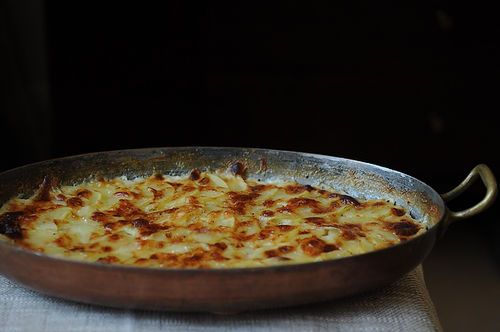
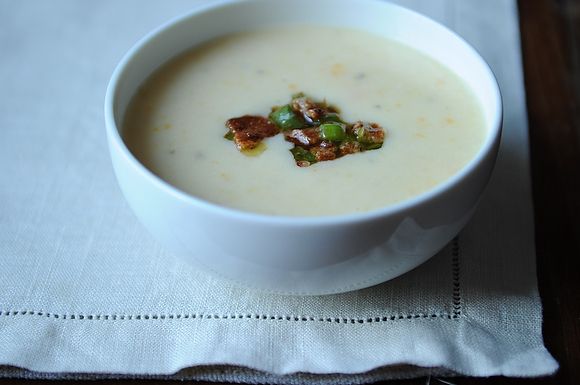

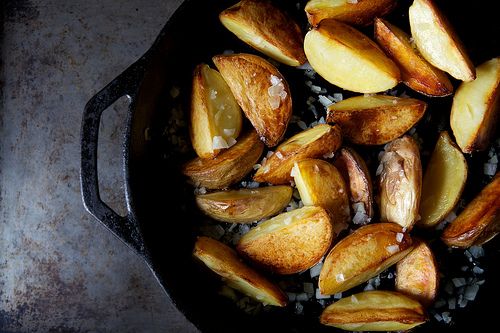
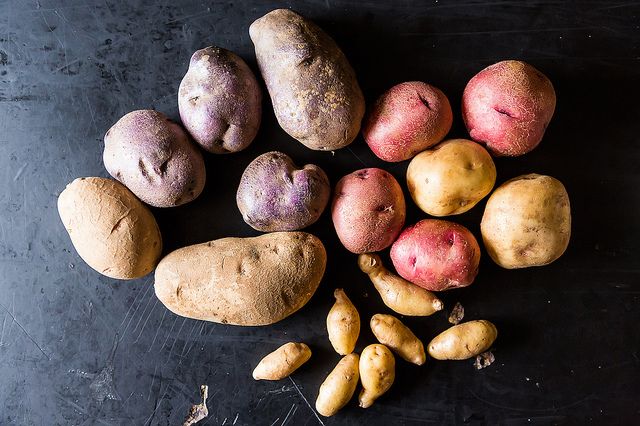
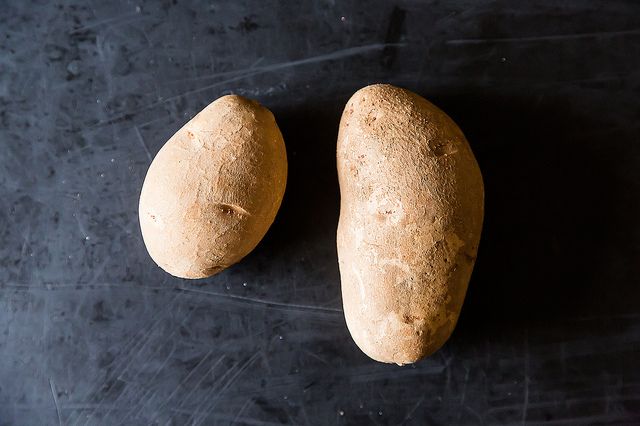
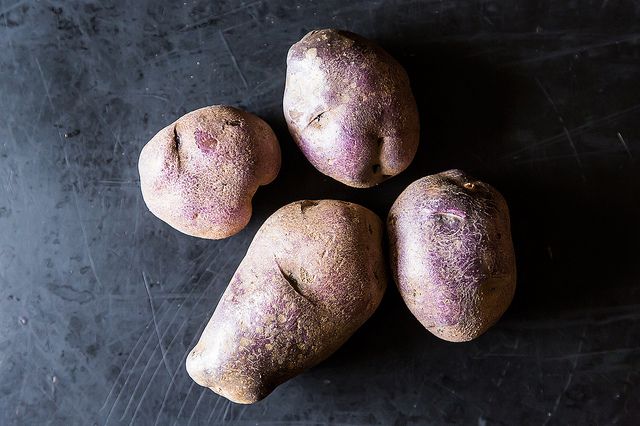
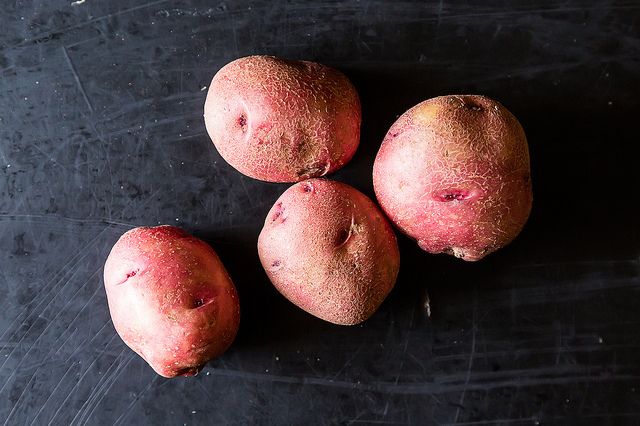
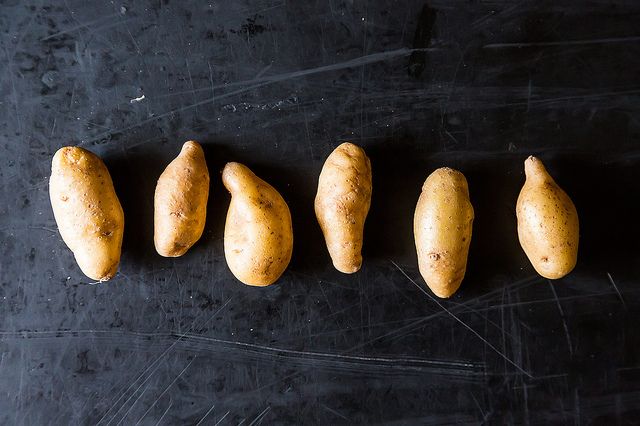

See what other Food52 readers are saying.